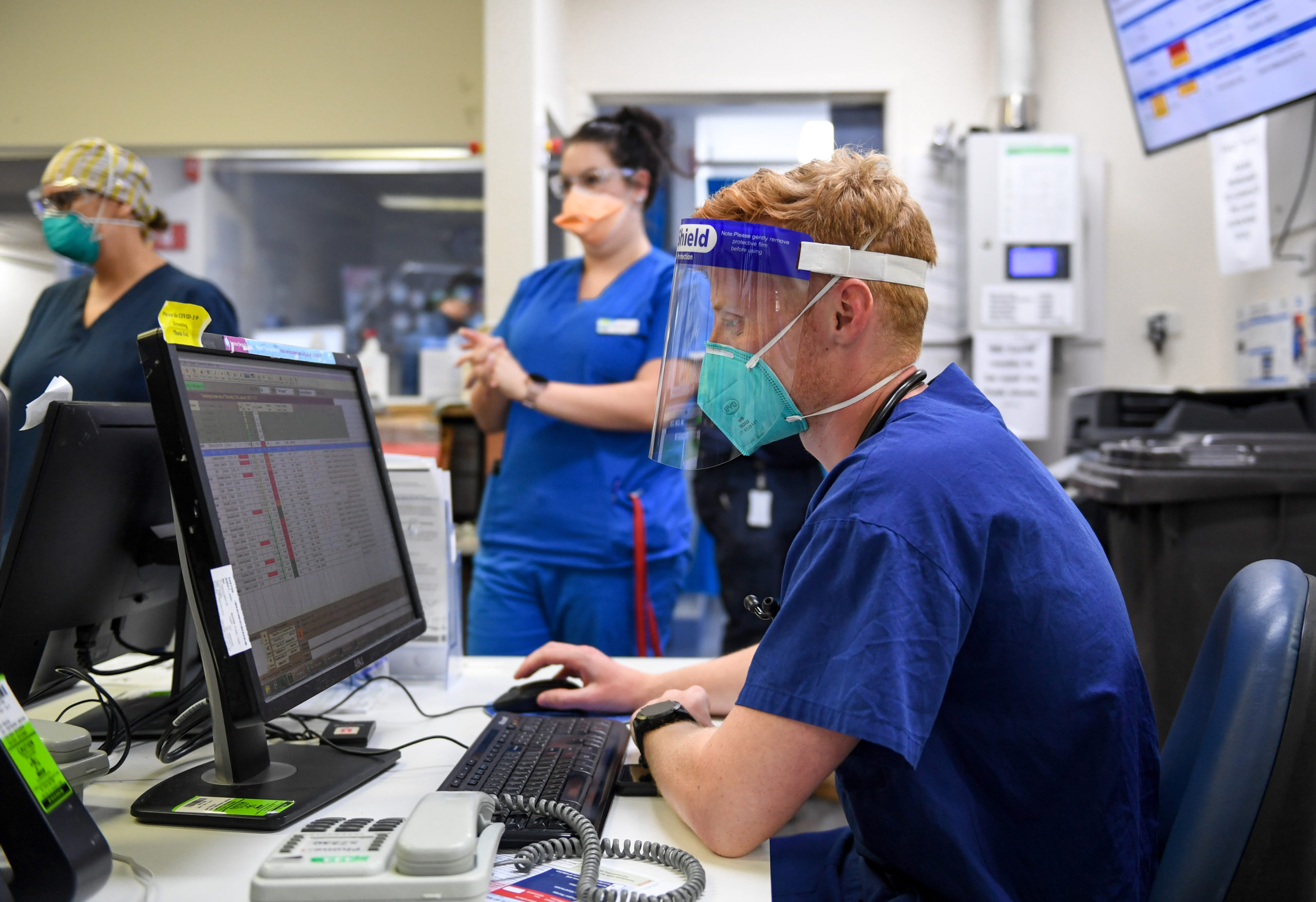
June 07, 2021
Overview
Nurses have a unique role and responsibility in medication administration often being final person to check that the medication is correctly prescribed and dispensed before administration. Nursing education delivers the standardised model of ‘five rights’ or ‘five R’s’ of medication administration. These ‘rights’ came into place as the nursing process developed better understanding of how errors occur, and are designed to address common causes of medication error.
Alignment to Western Health Best Care Framework
Medication Safety
Why is this important
Nurses are frequently the end-point of administering medication to patients and are guided by the ‘5 Rights’ of Medication Administration. Nurses practice this to ensure accuracy and patient safety.
What does this look like in practice?
Right Patient –
Checking two identifiers
Confirm their identity by asking the patient their name, DOB and any allergies. Is this correct on the ID band?
Simultaneously check MAR and the ID band correlate correctly with what the patient is stating.
Right Medication –
Check the medication label and verify that this is the same medication and form to be given as prescribed on MAR.
Be aware of medications that sound-alike.
Right Dose –
How many tablets, mg or other unit of measurement are ordered on MAR? Verify that the dosage and strength match the order and are appropriate for the patient.
Whole or Full tablets? Does it need to be diluted first?
Right Time –
Ensure the medication is administered at the correct time and frequency – confirming when dose given last.
MAR – what time last dose given?
PRN – check interval time has passed sufficiently – if not, check with MO for further orders, or additional medication possibly required for the patient.
Right Route –
Verify that route matches as prescribed and appropriate for the patient. Is this correct with the medication about to give?
Can it be crushed ? Is there an alternative? Patient is eating and drinking, why IV prescribed? Talk to the Medical Officer.
Checking and Administration Process for Two Authorised Personnel
The administration of the following must be checked by two authorised personnel, within their scope of practice, one of whom must be an RN or RM:
| Type of medication
|
Extra requirements |
|
|
| Insulin |
See OP-PS1.1.I5 Insulin Prescribing, Supply, Storage and Administration. |
|
|
| All parenteral medications |
Note: IV infusions must be administered via an infusion pump or ‘smart pump’ by selecting the appropriate clinical profile and drug entry option from the drug library.
Use single dose vials, ampoules or prefilled syringes whenever available; multidose vials should not be used, except where for exclusive use of an individual patient, e.g. insulin.
Only administer IV bolus doses of opioids in accordance with policy. |
| All medication given to paediatric patients |
Document independent double check of calculated dose & initial.
Both persons must initial the administration section |
One authorised person prepares and administers the medication. The second authorised person assists and witnesses.
Other medications may be administered by one authorised person.
One medication should be administered to one patient at a time.
S8 and S11
Where an S8 or S11 medication is administered, the same two authorised personnel who administer the medication to the patient must record the transaction in the register. The complete process must be followed before administering medication to the next patient. It is not appropriate to remove strips of S8 or S11 medications from the medication room and administer to multiple patients before returning to the medication room.
Performance
- Riskman
- Western Health Medication Incident Reflection Tool
Policies, Procedures and Guidelines (PPGs)
QRGS
External Links
News

